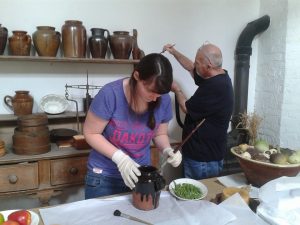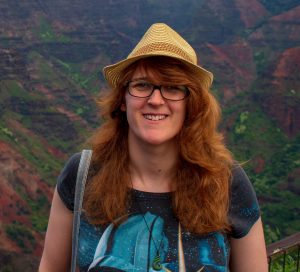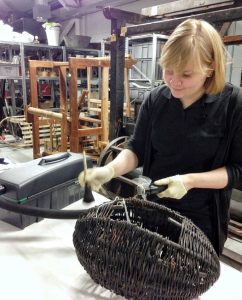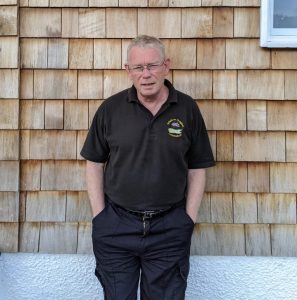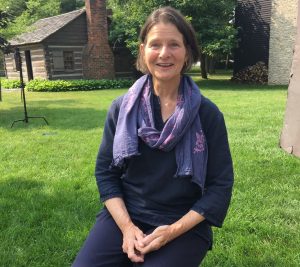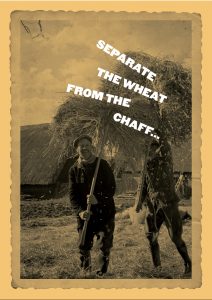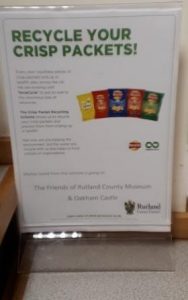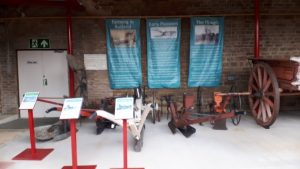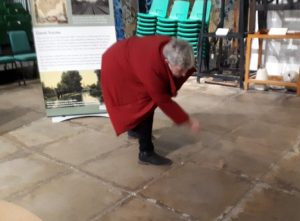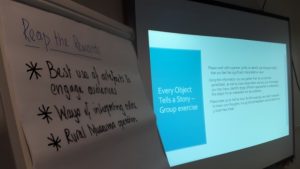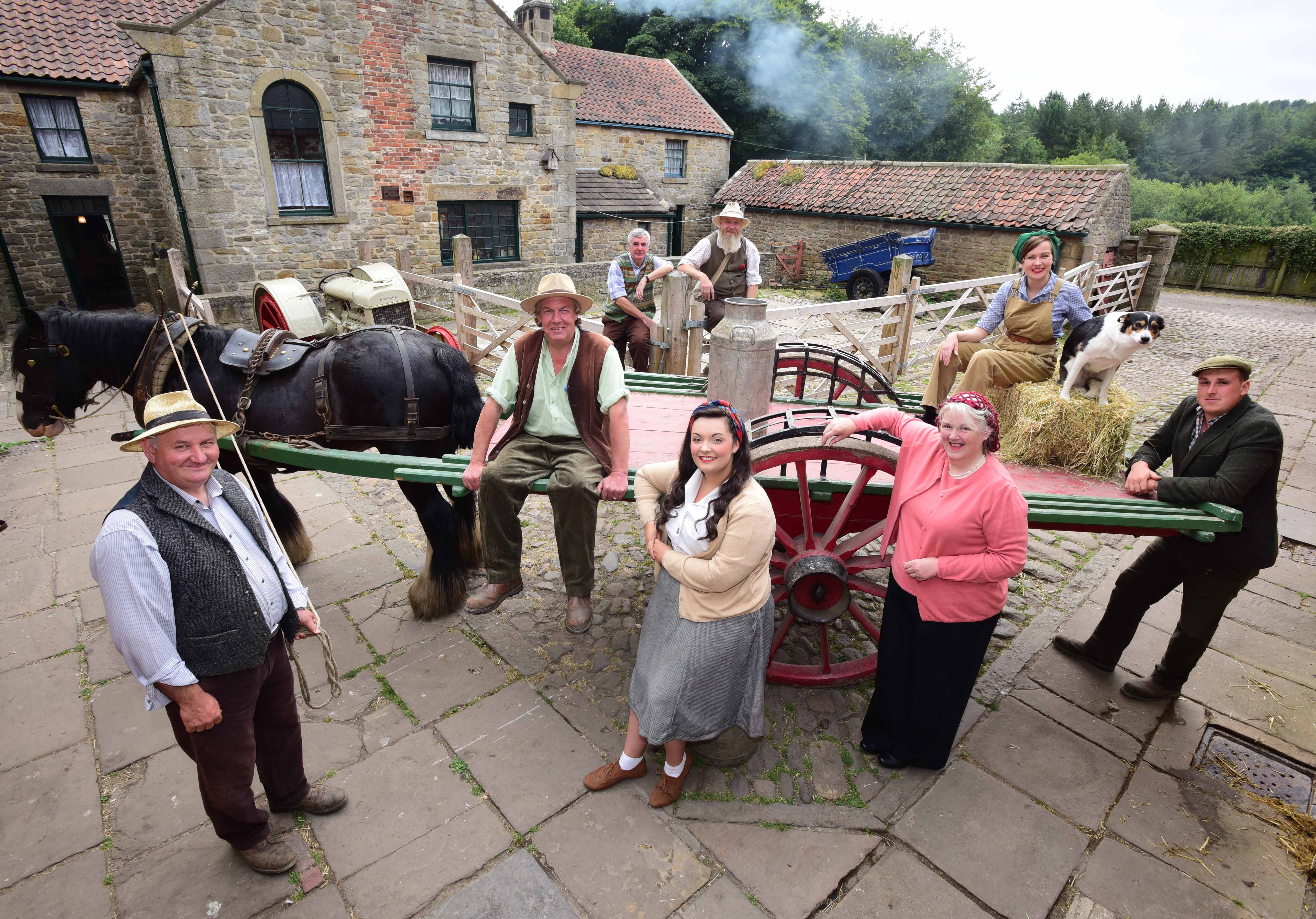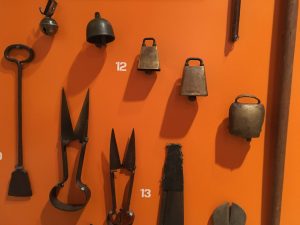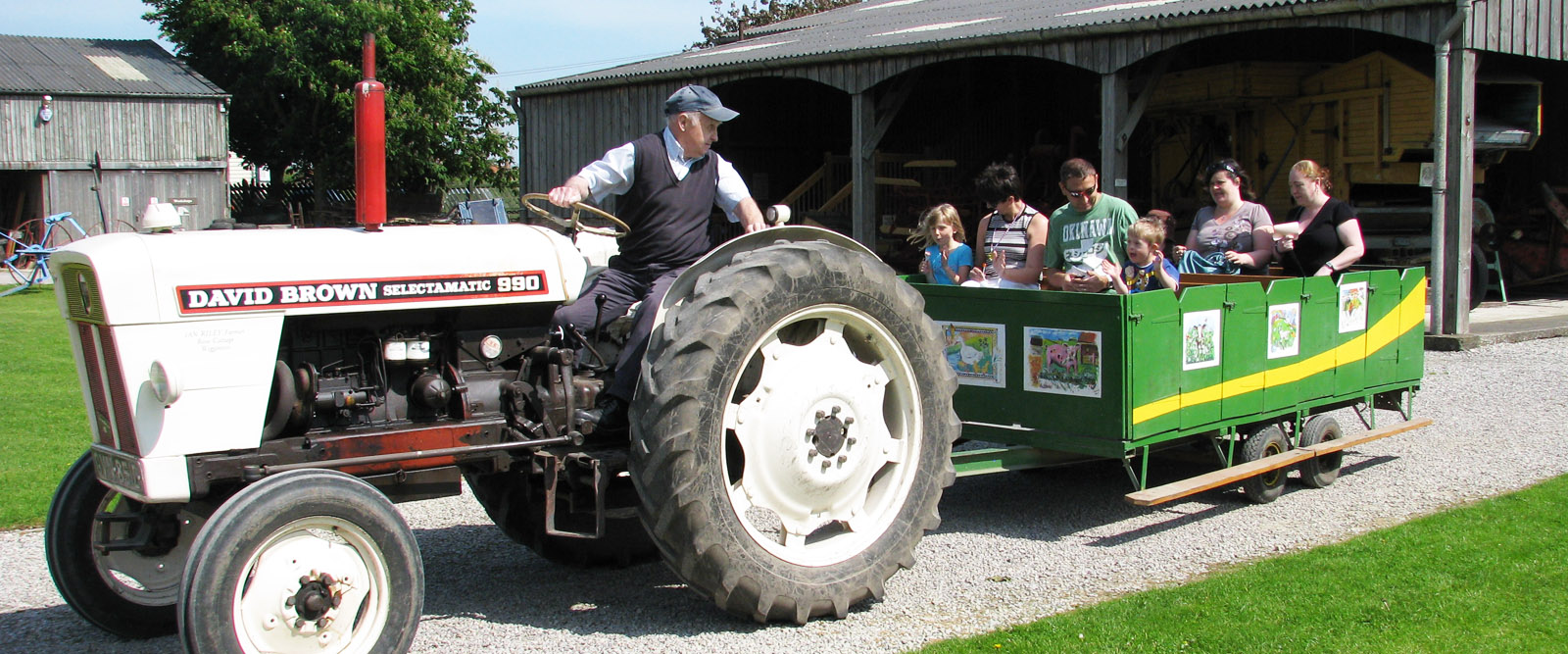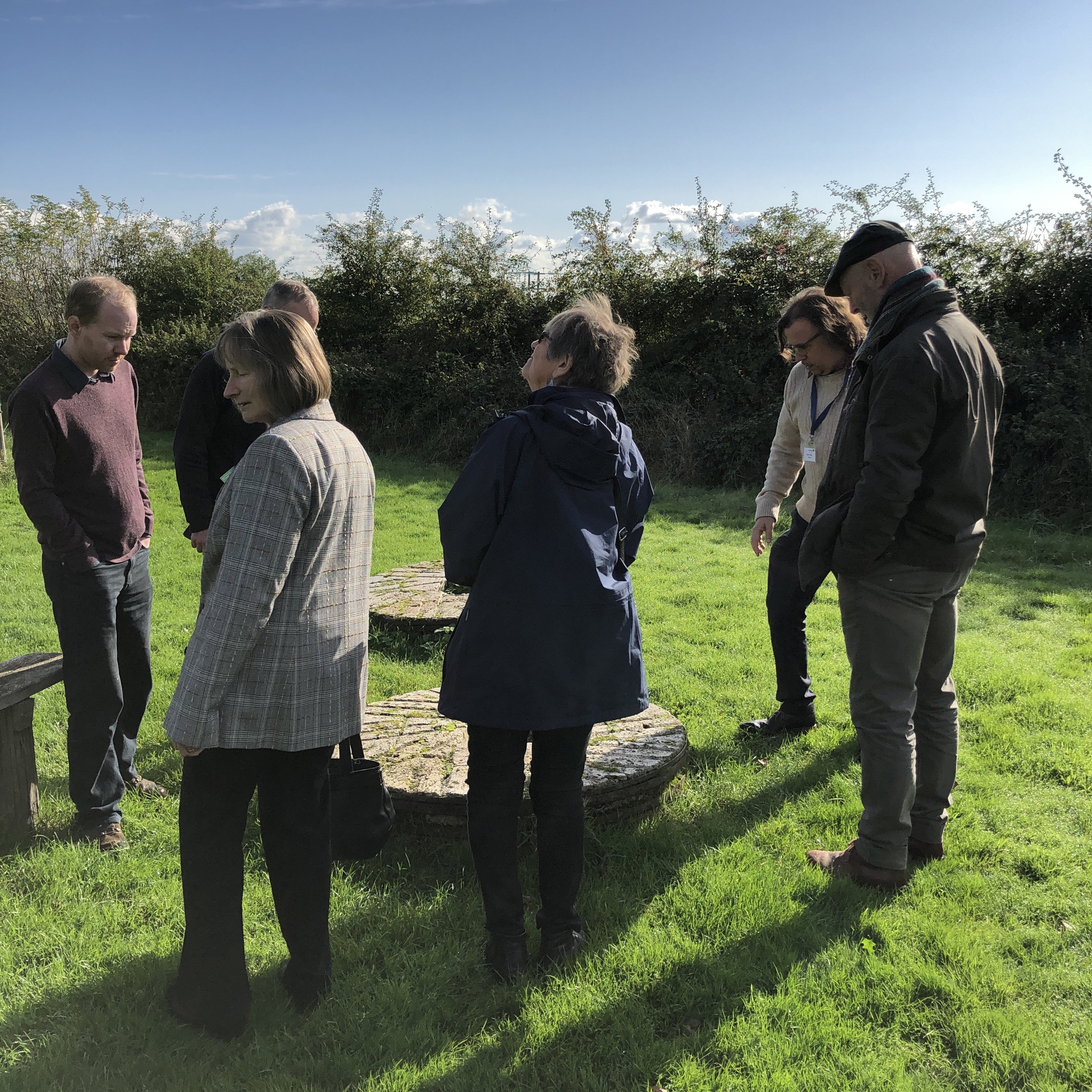In 2020, we hosted our first online conference, with a wide variety of sessions examining how rural collections and rural sites could respond to global environmental issues, Covid-19 and Black Lives Matter.
Looking back, we appreciate that although the conference has long since finished, the discussions that the sessions inspired remain ever-relevant. With that in mind, in this post we return to our second session, which explored how the Rural Museums Network itself could support people to get the best out of their collections.
We brought together a panel of early career professionals working with rural life collections for this Conference session. Rachael Thomas, Melanie Williamson and Holly Franklin-Trubshawe discussed the isolation, lack of collections knowledge and working with volunteers as some of the learning curves emerging museum professionals face in museums with rural collections. The session looked at how the RMN supports people to get the best out of their collections, and how the Subject Specialist Netowkr (SSN) should build on its Understanding Rural Collections and Reap the Rewards programmes (2019/20) that reached out to new people and museums to widen its support. What changes needed to take place now to embed this work?
This session was hosted by Bob Clark, Director of Auchindrain Township
Melanie Williamson is Collections Assistant at Staffordshire County Museum. She studied Art Museum and Gallery Studies at the University of Leicester, but moved into social history to open up more job opportunities as well a love of connecting with people through everyday objects. She has gained experience in front of house, consultancy, collections, outreach and events, following part-time and temporary roles all over the country. In 2015 she was working in Staffordshire, Cheshire, Glasgow and Coventry! She’s been in her current role for seven years, and collections are where her heart lies. She is a committee member of the RMN.
Holly Franklin-Trubshawe is the Curatorial Assistant at Kingsbridge Cookworthy Museum, a small accredited independent museum in South Devon. The museum has a large agricultural collection, and Holly is responsible for managing the volunteers that are relied upon to look after the objects and keep the museum open. Holly is also the co-founder and a current committee member for the South West Emerging Museum Professionals groups (SWEMP) and a committee member for Devon Museums. @HTrub88
Rachael Thomas is Assistant Curator at Auchindrain Township where she’s responsible for everything from documenting archaeological finds to researching the families and buildings of the Township. She grew up in Gairloch in the Highlands of Scotland, before heading to Edinburgh College of Art. At Durham University she gained an MA in the Conservation of Archaeological and Museum Objects, including a placement at the Museum of London. She’s worked across the Highlands, including as Assistant Conservator at the Highland Folk Museum. She was heavily involved in Gairloch Museum’s buildings move, acting as Project Conservator for many years. @RachaelTCons @RachaelThomasConservation
Bob Clark is Director of Auchindrain Township, Scotland, and RMN Chair until 2020. He holds an MSc in Museum Studies and is a Fellow of the Museums Association. Bob’s career began at Beamish where he was responsible for the industrial collections. In 1989 he emigrated to Scotland, and held senior posts at the Scottish Museums Council and a large local authority. Between 1999-2009 he worked in consultancy on short-term project development roles, ending up at Auchindrain where he is now in the twelfth year of a one-year contract. Bob’s interest is vernacular buildings, and presenting the ways in which new technology and improved scientific understandings transformed agriculture and changed life.

